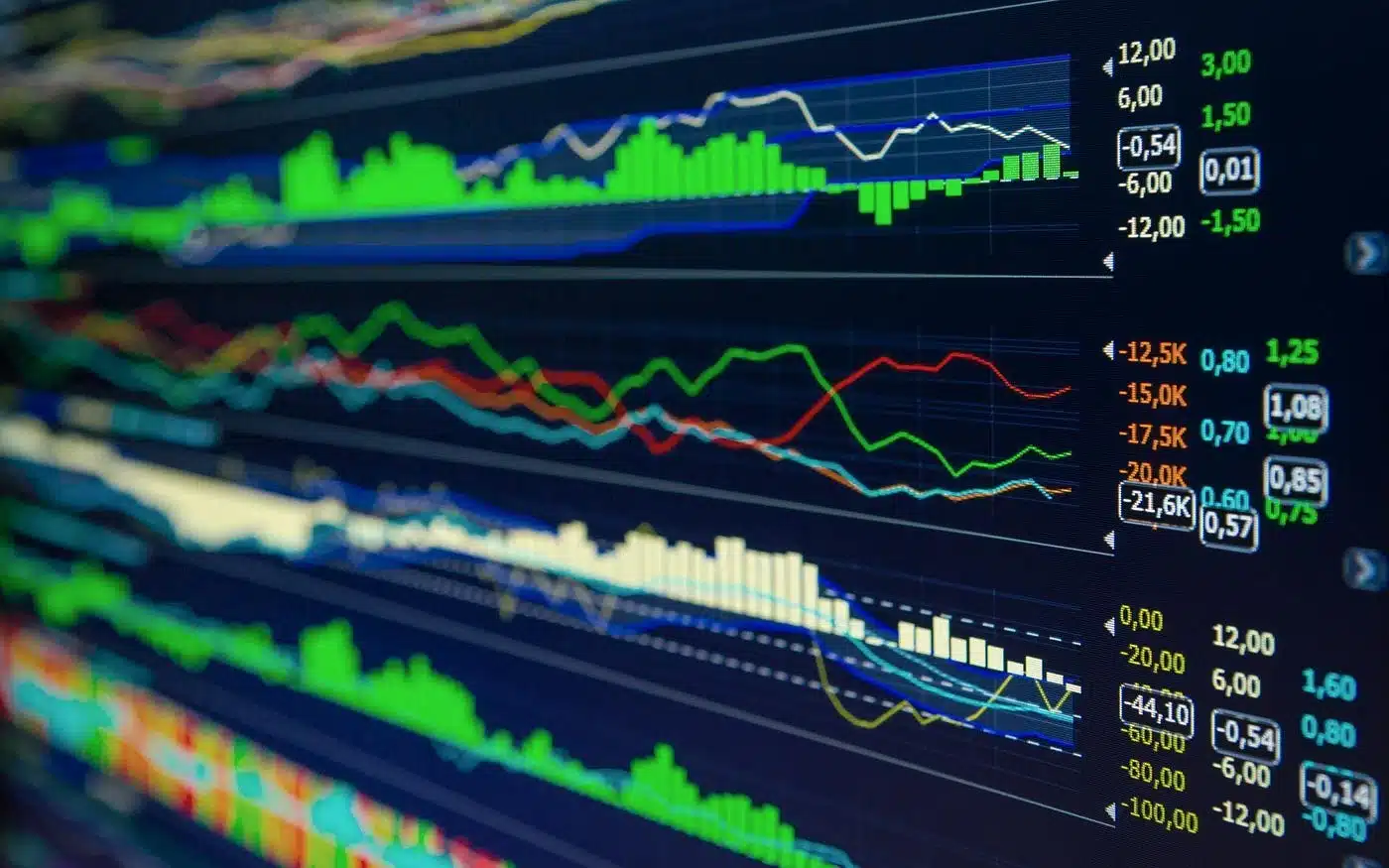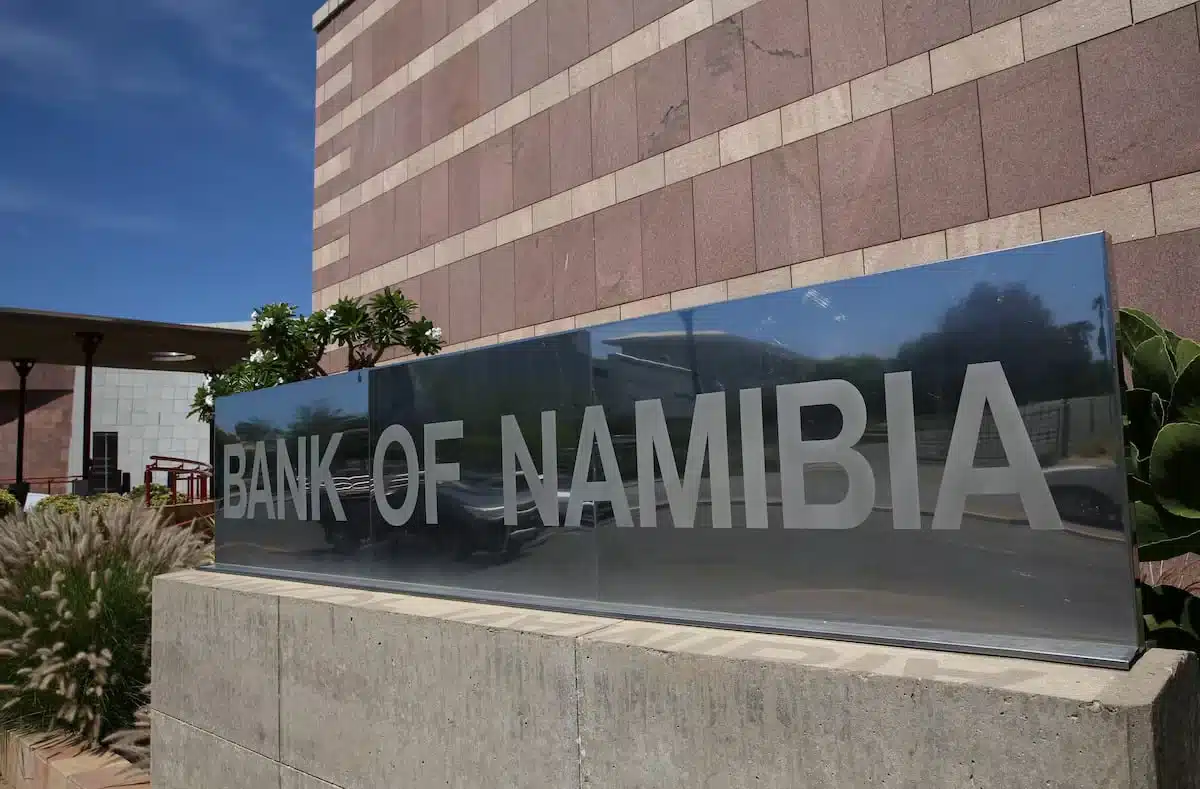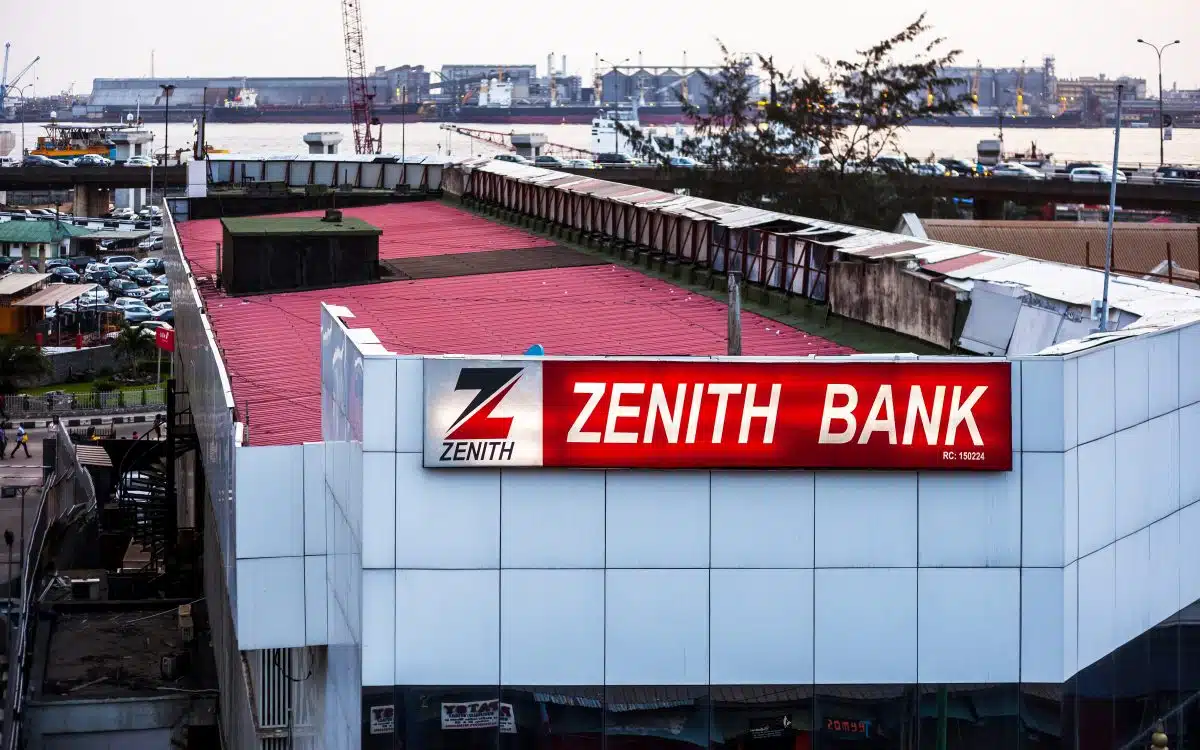Zambia’s annual inflation climbed to 16.8% in February, the highest in more than three years, as a severe drought and persistent currency depreciation drove up food and electricity costs.
The last time the country experienced this level of inflationary pressure was in May 2021, when inflation rose to 23.1%.
Food inflation accelerated to 20.6% from 19.2% in January, fueled by rising prices for staples such as bread, cereals, meat, and fish, according to a report published on Thursday by the Zambia Statistics Agency.
The ongoing dry spell, which has been described as the worst in over a century, has decimated crops, forcing the country to rely more heavily on costly food imports.
Zambia’s predicament is further complicated by its heavy dependence on hydropower, accounting for 85% of its electricity supply, making it particularly vulnerable to erratic rainfall.
The government has ramped up power imports to compensate for declining water levels, but this has added pressure on the kwacha, which has weakened 18.5% over the past year. The energy regulator recently extended an 115% tariff hike for large power consumers, further straining businesses and households.
The Bank of Zambia had, earlier in the month, raised its benchmark interest rate to 14.5% – the highest level in more than eight years – in a move to contain inflationary pressures.
However, inflation remains well above the central bank’s 6% to 8% target range, where it has lingered since May 2019.
Finance Minister Situmbeko Musokotwane has suggested inflation could peak by May if improved rainfall helps stabilize food and electricity prices.
Beyond food and energy, non-food inflation eased to 11.7% in February from 13.2% in January, reflecting lower prices for household goods, air travel, and hotel accommodations.
Meanwhile, Zambia’s trade performance deteriorated in January.
Total trade fell 8.9% month-on-month to K52.2 billion ($1.8 million) in January, while the country recorded a K300 million ($10,560) trade deficit.
Export earnings from refined copper, Zambia’s top foreign exchange earner, dropped 5.8% to K18.7 billion ($658,479).
As the world’s tenth-largest copper producer, Zambia’s economic health is closely tied to the metal’s fortunes, and any sustained decline in copper exports could further weigh on the kwacha and inflation outlook.






